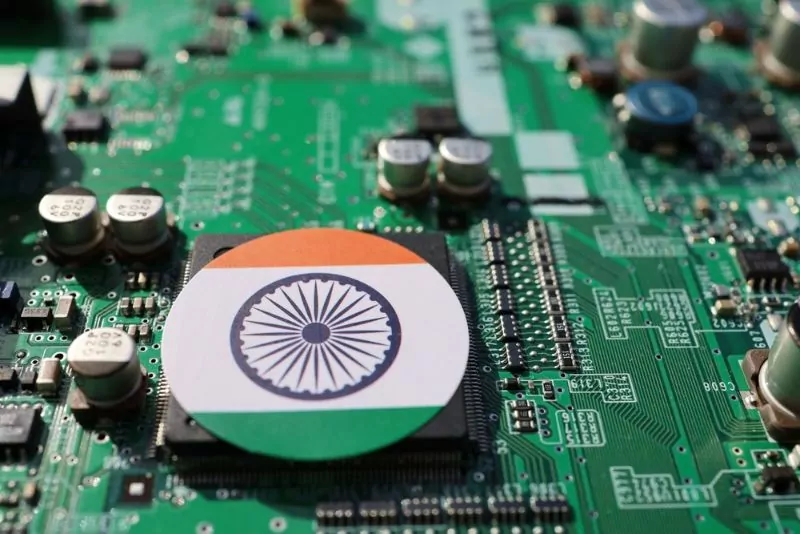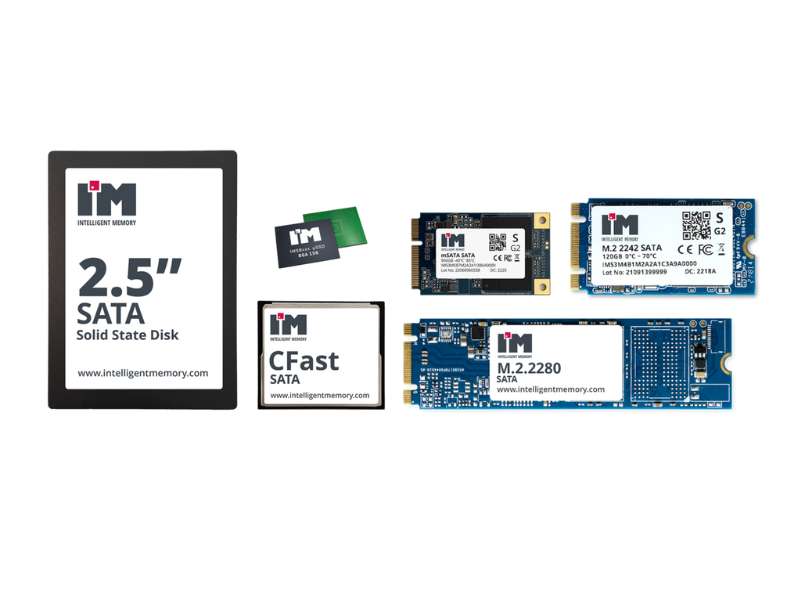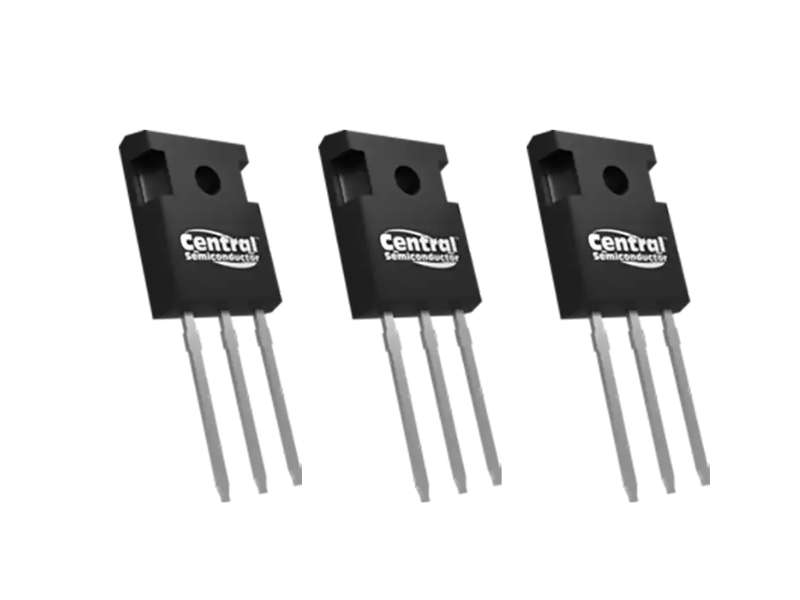India is aiming to become a hub for electronics system design and manufacturing. This move may be pivotal for the electronics sector, particularly for semiconductor manufacturing, an area where India currently holds a 3% share of global production, reports The India Times.
The Indian government has recognised the strategic and economic importance of establishing a robust domestic electronics component ecosystem. Initiatives date back to the 1960s, with the Electronic Committee under Homi Bhabha emphasising the sector’s significance. The establishment of the Department of Electronics (DoE) in 1970 marked a further step in this direction.
Despite initial high import duties to discourage component imports, India’s domestic production struggled to meet demand, leading to a gradual reduction in import taxes during the 1980s. Companies like HCL and Wipro began manufacturing electronic calculators and computers, pushing against the odds to boost production from $30 billion in 2014-15 to $101.9 billion in 2022-23.
The government’s push for domestic production is driven by national security concerns, import dependency, and opportunities arising from the global chip shortage. The Production Linked Incentive (PLI) scheme, introduced in April 2020, offers a 25% financial incentive on capital expenditure for certain electronic goods, including semiconductor units and display fabrication.
In December 2021, the Ministry of Electronics and Information Technology (MeitY) announced incentives worth Rs. 76,000 crore ($9.81 billion) under a comprehensive PLI scheme for semiconductors and display manufacturing ecosystems. Additionally, a Rs. 22,000 crore ($2.94 billion) PLI scheme was proposed for wearable technology and IT hardware development.
To bolster the semiconductor sector, the Indian government has committed $10 billion towards the India Semiconductor Mission (ISM), including funding, manufacturing incentives, and the Design Linked Incentive (DLI) program. This initiative aims to make India a talent powerhouse in the semiconductor industry, addressing the global shortage of skilled professionals.
Furthering this ambition, India has launched various schemes, including the PLI for Large Scale Electronics Manufacturing and the Modified Electronics Manufacturing Clusters Scheme (EMC 2.0). International collaborations are also being fostered, with firms like Micron Technology planning significant investments in India, boosted by government incentives under the PLI scheme.
A recent MoU between India and the EU on semiconductors aims to enhance the resilience of semiconductor value chains in both regions. This partnership will encompass research, talent development, and market information exchange.
India’s entry into semiconductor manufacturing is a game-changer for the electronics industry, with potential impacts across automotive, telecom, and medical device sectors. This strategic shift promises to not only elevate India’s position in the global electronics landscape but also generate substantial employment opportunities in high-tech and construction sectors.
Thousands of senior engineers and procurement professionals subscribe to our LinkedIn Market Intel newsletter – get yours here
For more help with looking at supply chain options, contact Astute Electronics






